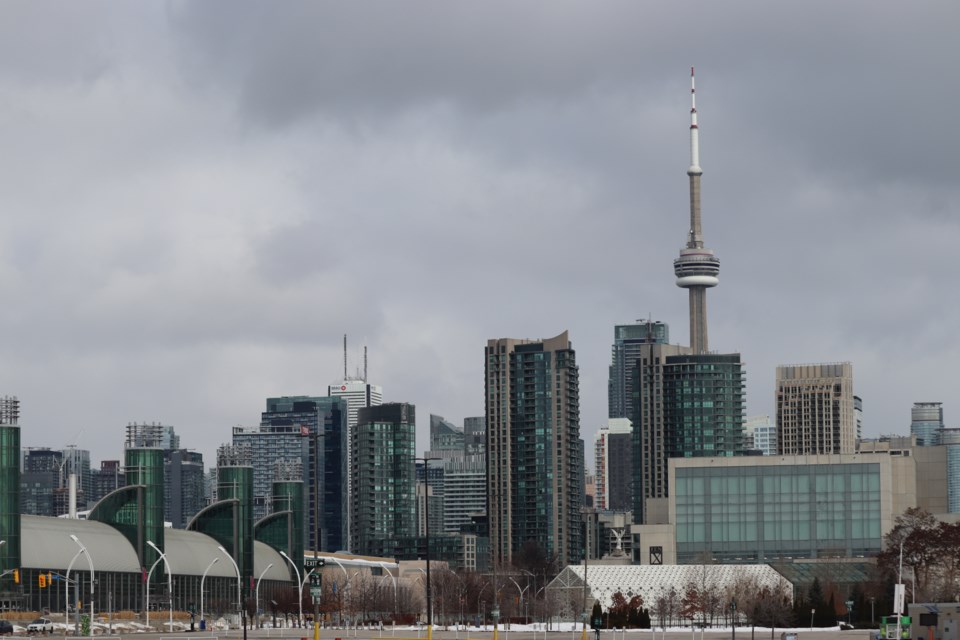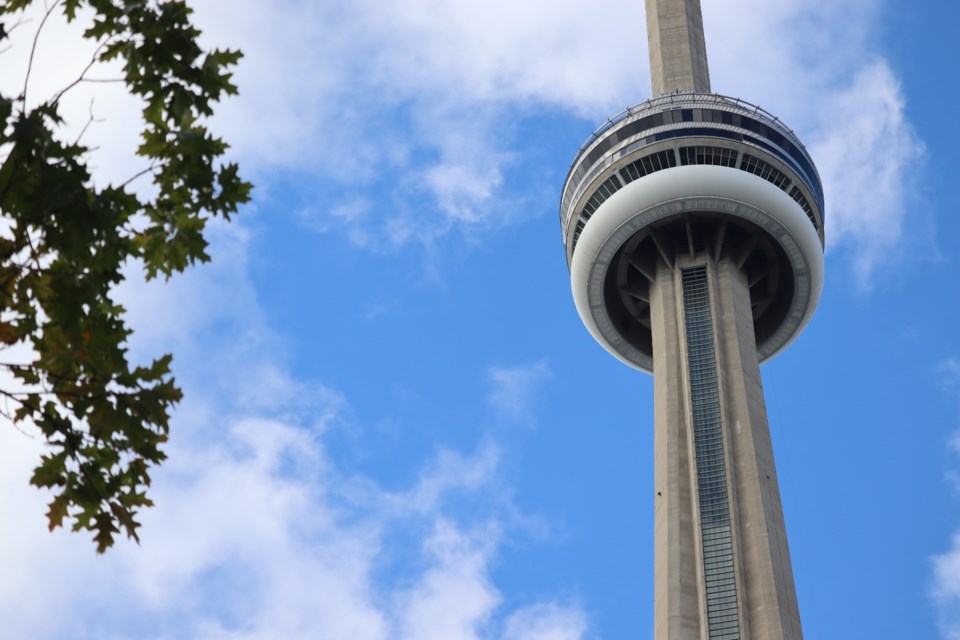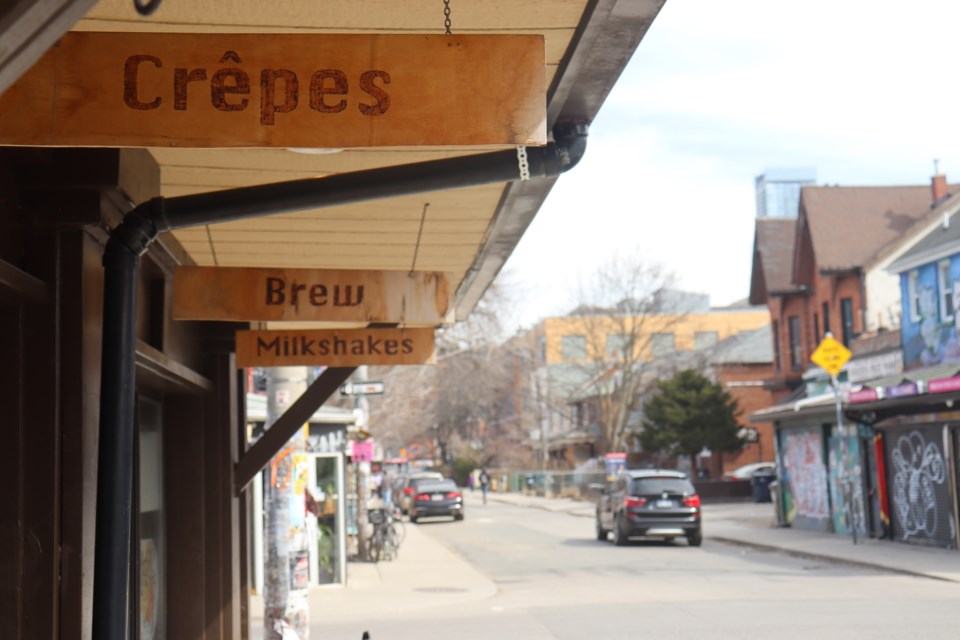This article was first published by TorontoToday, a Village Media publication.
As the U.S. continues to wage a global trade war, worsened exchange rates and ruptured economic ties have provided enough reason for some Torontonians to stay north of the border indefinitely.
Beyond the economy, some Canadians have reportedly been held in American detention facilities after crossing the border, likely only amplifying the fears of U.S.-bound travellers.
A recent report from the magazine Time projects that foreign visitors to the U.S. will spend $9 billion less this year than in 2024. Bloomberg reported European tourists are now avoiding the States altogether.
While the headlines bring unwelcome news to the American tourism industry, members of the Tourism Industry Association of Ontario (TIAO) aren’t as worried. In fact, some see the rejection of American tourism as an opportunity to strike.
There’s a sense among the organization that tourism advocates can seize this volatile moment in politics by branding provincial communities as friendly, must-visit destinations for foreigners.
On Monday, more than 100 tourism leaders with TIAO gathered at Toronto’s Enercare Centre for the annual Tourism Opportunities Forum.
At the event, which was closed to the media, attendees reportedly got a preview of Ontario’s new five-year tourism strategy, which hopes to address emerging market opportunities and position the province as a global tourism leader.
A recent report from Destination Ontario found 58 per cent of Americans who regularly travel to Canada are still likely to plan a trip to Ontario despite international tensions.
TIAO president Andrew Siegwart said this is “really good news” for the province, though other worries still exist.
Siegwart noted he’s heard growing concerns from Americans who say they aren’t feeling as welcome in Canada nowadays — a sentiment which, if true, could ultimately hurt tourism retention efforts.
“American spending is critical for our economy,” Siegwart said. “It represents about 20 per cent of Ontario tourism revenue. But Americans are well aware of what’s happening and it's certainly something to keep in mind.”
‘Elbows up’ versus ‘arms open’ strategies
Last year, tourists brought more than $30 billion into Ontario, according to Siegwart.
Who is the province’s biggest international tourism customer? Americans. In 2024, they represented one-fifth of all tourist dollars spent in Canada.
The “elbows up” mantra — which has served as a unifying slogan for Canadians in response to President Donald Trump’s tariffs and annexation threats — isn’t one the TIAO is looking to necessarily lead with in its strategy, though it does respect the sentiment.

To help ensure our neighbours to the south keep coming back to visit, the organization is trending towards an “arms open” message for Americans. TIAO hopes all travellers will feel reassured and welcome in Ontario, particularly those from the U.S.
Siegwart said some Ontario communities have already embraced this “arms open” approach.
“There are some communities going above and beyond, like the local service ambassadors who are being extra welcoming this season and showing love to all our visitors,” he said. “When those visitors go home, they can talk about what a great experience they had in Ontario. That’s really our role in this diplomatic journey.”
Siegwart said TIAO is “well aware” and supportive of the “elbows up” movement and its attempt to protect Canada and its economy, but he maintained the hospitality sector still has a role to play.
“When there is a dispute between Canada and the U.S., our hospitality is a strong form of diplomacy,” he said.
When it comes to specific plans on how TIAO intends to retain the rate of American tourism, Siegwart said the organization has asked the province to boost Destination Ontario’s marketing budget.
TIAO’s 2025 pre-budget submission dictated that British Columbia, Alberta and Quebec’s provincial marketing agencies would receive $10 million more in annual marketing funding than Ontario.
The organization is now recommending a $15 million annual marketing boost for Ontario due to the size of the province’s market and industry impact.
“This will ensure Ontario remains competitive domestically and internationally, and the funds would benefit all regions and types of tourism businesses,” Siegwart said.
He referenced Premier Doug Ford’s “ally to the north” video as a “perfect example” of how strong marketing can soothe political division between Canada and the U.S. The video ran during this year’s Super Bowl commercials and was viewed by millions of people on both sides of the border.
“It really drove positive sentiment,” he said. “We anticipate seeing our provincial and local marketing agencies doing something similar to reassure Americans. The same goes for markets across Canada and internationally as well.”

Siegwart argued Ontario remains a great destination for Americans as it is easy to plan a trip and because the province is known for being “very safe.”
He also noted the American dollar “goes a lot further” in Canada. On Tuesday, the Bank of Canada said US$1 is worth C$1.42.
Recovering international tourism dollars
While the U.S. has generally been a reliable source of income on the tourism front for Ontario, some questions remain about other nations.
Ongoing geopolitical challenges with China and Mexico, two countries that at one point had been top contributors to Ontario’s tourism industry, have raised some alarm bells for TIAO.
Mexican citizens now require a temporary resident visa for air travel to Canada, unless they’ve held a U.S. non-immigrant visa in the last ten years, or currently hold a Canadian work or study permit.
Chinese citizens must also apply for a travel visa to enter Canada.

“These challenges have meant that some of our international [tourism] numbers were quite down, and the pathway to build those back up is going to be a little more complicated,” Siegwart said.
While tourism rates across the board are bouncing back — particularly in part due to expanded air connectivity between Europe and Canada — TIAO is still "heavily relying” on the American market to cover some of the lower returns internationally.
“It just means we have to work extra hard on all fronts," Siegwart said. “It’s a big market to protect. Ontario’s brand is strong, so like a manufacturer diversifying their supply chains with their customers, we’re doing the same thing right now.”
When in doubt, keep Ontarians home
Yes, Ontarians can still be tourists in their home province — and TIAO is anticipating a big boost to its tourism sector this way, as many Canadians may be planning to stay north of the border this summer.
Destination Ontario’s latest study found that 87 per cent of Ontarians have the intention to travel somewhere within the province over the next 12 months.
“This is very positive news,” Siegwart said. “There’s certainly an opportunity for more ‘stay-cation’ activity and tourism operators will be working really hard to cultivate that.”

Meanwhile, only 27 per cent of Ontarians said they’re planning to go to the U.S. this year, a number that Siegwart said is “definitely lower than normal.” Normally, Siegwart said this rate “would be at least double that number” in a normal year.
As part of their strategy to boost tourism efforts over the next several years, TIAO is reaching out to stakeholders in other Canadian provinces to encourage its citizens to visit attractions in cities across Ontario.
Toronto’s tourism should fare well in this regard because of its diverse urban experiences, culinary scene and cultural attractions, Siegwart said.

Still, he noted the city hasn’t been a stranger to economic uncertainty, for example Mayor Olivia Chow’s tariff response plan which raised concerns that U.S. policy could harm Toronto’s economy.
“Travellers are cautious and businesses are worried,” Siegwart said. “They’re not quite sure what’s going to happen in the next few weeks. It seems to be an ever-changing dynamic. That’s why we need to deliver ‘arms open’ diplomacy through hospitality.”




